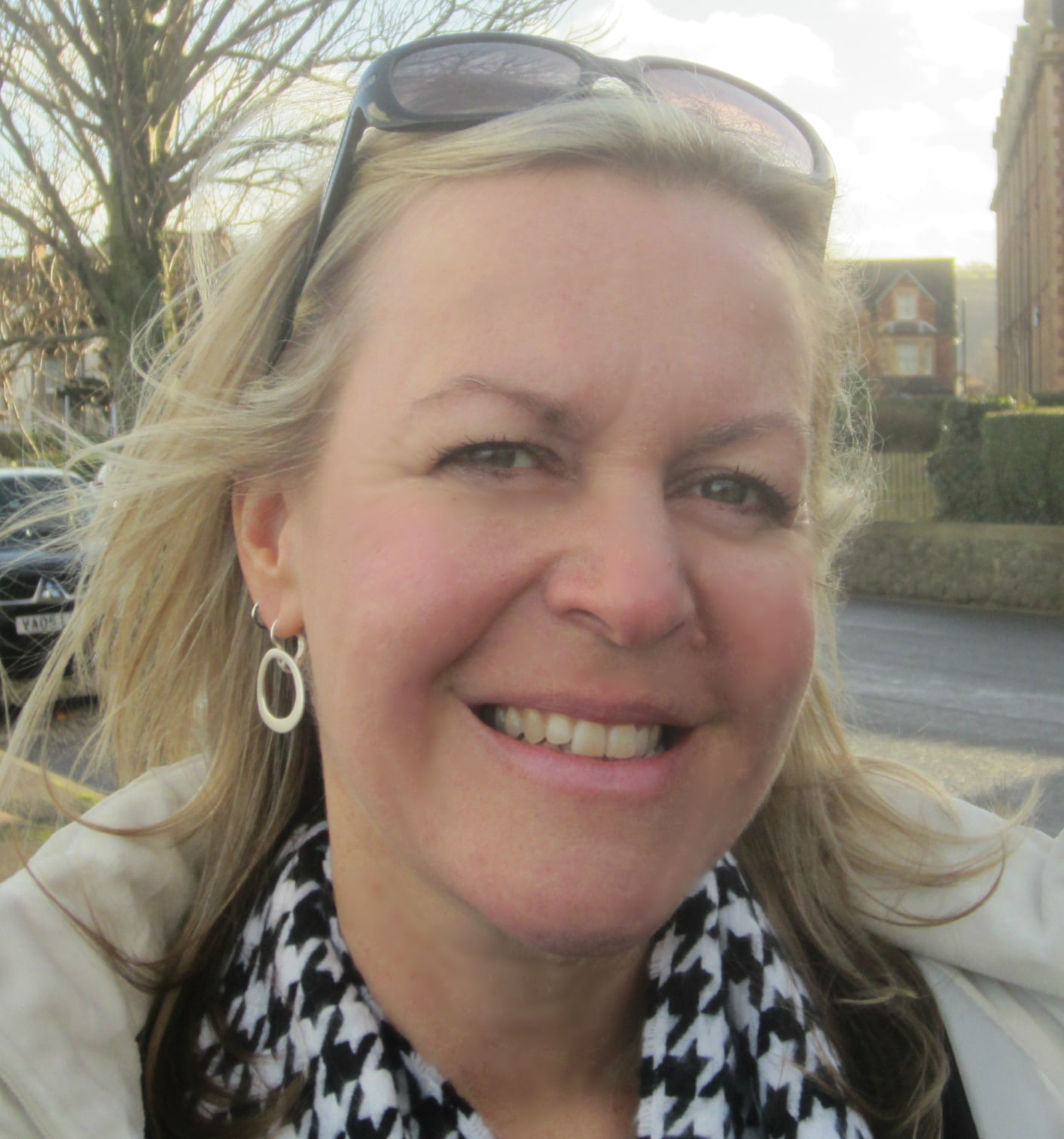Is what we do relevant to our students’ lives?
It’s great to be blogging here – hello!
What I’m going to talk about each month are some of the questions that interest me and that I’m reading and talking about with my fellow teachers and teacher trainees. This month I want to consider what we do in the classroom and its connection and relevance to learners and their ‘real lives’.
In 2007 (which is about a million years ago in Internet years!), Dr Mike Wesch and his students at Kansas State University conducted a piece of research entitled ‘What’s it like to be a student today?’ and the ensuing video they made from the results (called ‘A Vision of Students Today’) went viral.
You can watch the video here – it’s only about five minutes long.

In this video it was suggested that students feel that only 26% of what they read in the classroom is relevant to their lives and this opened the discussion about whether the way we teach is actually the way students learn. Students said that on average they’ll read about 8 books in one year and thousands of webpages and Facebook profiles, and in terms of writing, they’ll write 42 pages a semester for class, while they’ll write over 500 pages of email (note that the amount of email has probably gone down since 2007 as young people turn away from email (too slow!) and spend more time writing instant messages and texting and using social networks to communicate with each other). This tells me that students are reading and writing a lot (more of this next month), but it also tells me that their lives are becoming increasingly digital and that if we want students to feel that what they do in class is relevant to their lives we really need to incorporate the use of digital media into what we do in the classroom.
It may be that the schools where we work don’t have much technology or digital media (or that they’re not allowed to use it – for example, are cell phones banned in your schools/classrooms?), but this doesn’t really matter, does it? We can still create that connection with digital media by preparing students in the classroom with the language they need to carry out homework and tasks that involve the use of digital media and software and apps that they use in their everyday lives and that can help them to practice using English. I’m not necessarily talking here about special online learning platforms for keeping track of everything our students do in English, I’m talking about “the tools we genuinely use to socialize, study and develop ourselves” (Peachey, 2012), like Skype, WhatsApp, Facebook, Twitter, blogs etc.
So … what do you think? Is what you do in the classroom relevant to your learners’ lives?
How do you, and can you, make teaching relevant? Looking forward to hearing your ideas …
References
Peachey, N (2012) ‘Technology can sometimes be wasted on English language teaching’ in The Guardian Weekly online: May 15, 2012
https://www.theguardian.com/education/2012/may/15/technology-fails-elt
Wesch, M (2007) ‘A vision of students today’
https://www.youtube.com/watch?v=dGCJ46vyR9o





